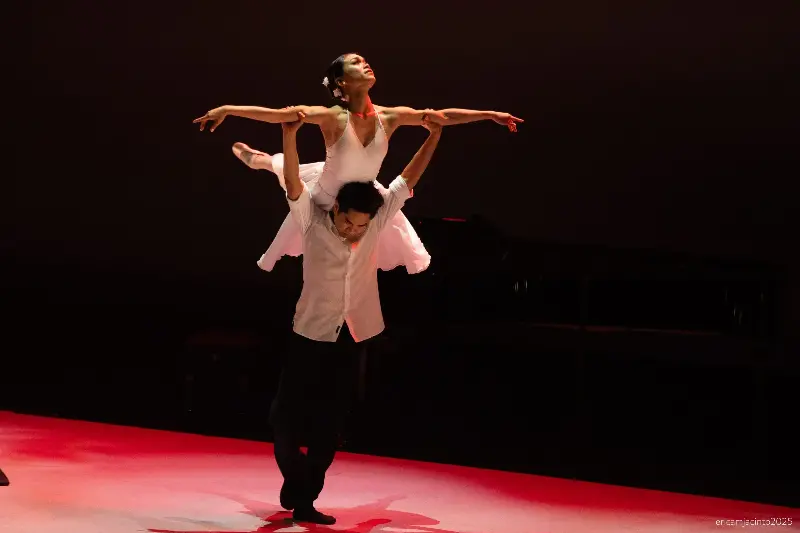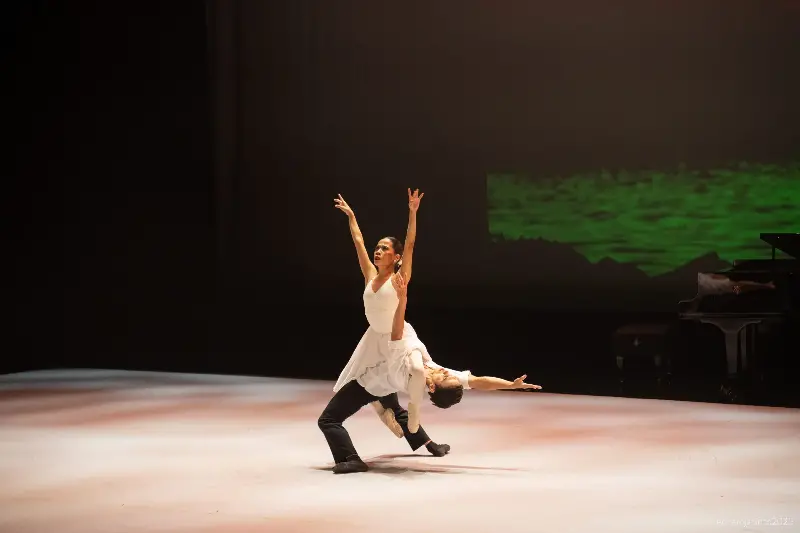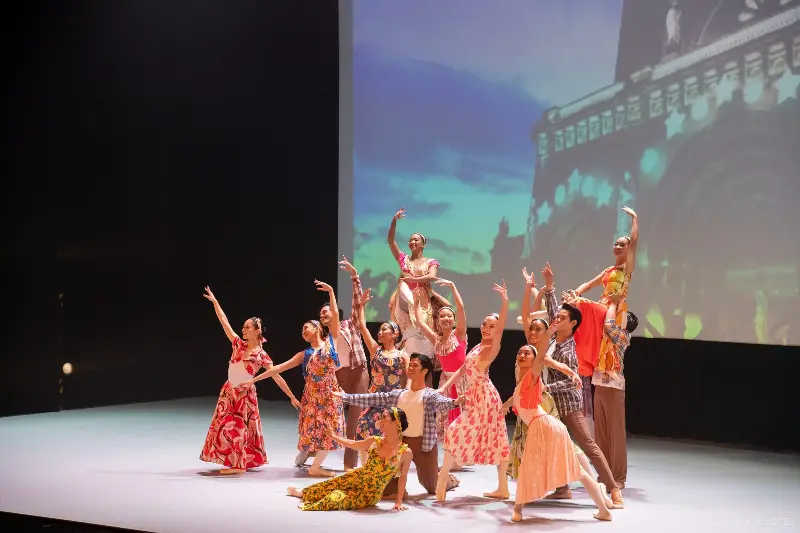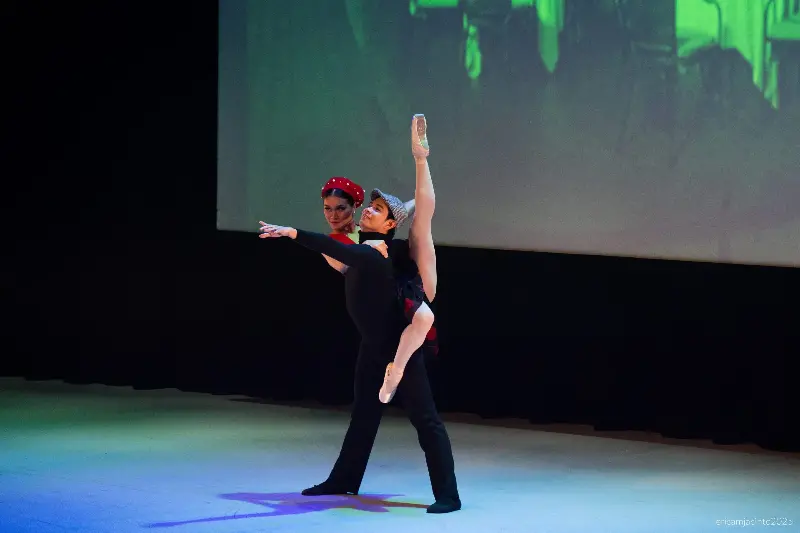
The theater erupted in thunderous applause as the final notes of Raul Sunico’s “Kay Ganda ng Ating Musika” filled the hall, signaling the end of a ballet that stirred nostalgia and laughter, and left the audience deeply moved.
On stage, dancers of the Philippine Ballet Theater (PBT) had just brought to life the lyrics of Jose Marie Chan and Raul Sunico’s music, transforming teleserye classics into a moment of pure artistry.
It was ballet. On pointe. And undeniably Filipino.
“The thrust of PBT has always been to reach new audiences with Filipino stories,” Erica Marquez Jacinto, former PBT dancer and senior vice president – operations of Virjen Group of Companies, told Rappler.
“That’s why we are combining ballet with something relatable and letting people experience it through something familiar.”

Jacinto said the boom in teleseryes (TV series) in recent years inspired PBT to introduce a repertoire that revolves around teleseryes, something that feels elevated but relatable.
“Everyone watches teleseryes — from regular families to the elite,” Jacinto said, adding that the shows’ strong storylines — love triangles, heartbreak, first love — are things that people connect with easily.
“By pairing OPM (Original Pilipino Music) with ballet, we give audiences a chance to appreciate the music differently,” Jacinto explained. “When people hear it, they recall the teleserye, the storyline, and their own emotions when watching the show. That familiarity makes ballet more relatable.”
The result was a fusion where pointe shoes meet jeepneys, pas de deux mirror love triangles, and the beloved songs by Chan and Sunico take on new life.
It was from this idea that the Music in Motion production was born. Choreographed pre-pandemic and premiered in 2023, the repertoire has been performed across the Philippines and abroad since. Recently, the company showcased the ballet for a pre-opening performance at the new Proscenium Theater in Rockwell.

Balancing tradition and innovation
For PBT, the goal was clear: Tell Filipino stories through ballet — making them relatable, inspiring, yet world-class.
“By combining tradition with innovation, we celebrate who we are while showing the world the richness of Filipino artistry,” Jacinto said.
But how is PBT balancing tradition and innovation?
“By following a clear formula: one full-length Filipino ballet, one classical ballet, restored choreographies (local and foreign), and a touring repertoire,” Jacinto explained. “For example, last year we staged Sarimanok (a full Filipino ballet), The Nutcracker, and Music in Motion. This year we’ve done Merry Widow and Maria Makiling.”
Jacinto shared that this balance ensures PBT preserves classical excellence while developing uniquely Filipino material. “It’s also why PBT was named the official national ballet company for 2025-2029,” she added.

Adopt a dancer
Beyond the stage, PBT is also investing in the next generation of dancers. Jacinto said the company holds annual auditions for scholars and apprentices. Some are seasonal — trained specifically for certain productions.
Ballet is a demanding art form, and Jacinto said that for many dancers, the cost of training, pointe shoes, and daily necessities can be overwhelming.
Funding is the biggest challenge in Philippine ballet companies, she shared.
“Pointe shoes cost P6,000-P11,000 per pair, and dancers go through one or two pairs a month,” Jacinto said, adding that costumes can cost P5,000-P10,000 each and staging a single production run into the millions.
To bridge this gap, PBT launched its “Adopt a Dancer” program, inviting patrons to sponsor a dancer directly.
“Every donation helps cover essentials like pointe shoes and allowances,” Jacinto explained. “It also gives the dancers motivation, knowing someone out there believes in them.”
For the artists, that support goes beyond financial relief. It means stepping into rehearsals and performances with a deeper sense of purpose, knowing their journey is shared by someone who values their craft.
For sponsors, it offers a rare intimacy with the world of ballet — an opportunity to see their support take flight on stage, in every leap and pirouette.

What makes the program especially meaningful is the personal connection it fosters, according to Jacinto, who shared that she was once a part of the “Adopt a Dancer” program.
Beyond financial aid, the program reflects PBT’s broader mission of sustaining classical excellence while nurturing Filipino identity in ballet.
It is a way of ensuring that the next generation of dancers, Jacinto said, can continue telling Filipino stories on stage — without being limited by economic challenges. – Rappler.com
PBT is active on Facebook, Instagram, YouTube, and TikTok where it announces auditions and programs on the social media platforms.
Joyce Abaño is a business writer for a Middle East publication and a lover of the arts. When she is not monitoring the stock market or covering summits, she reads, attends ballet classes or practices some of her old piano pieces.
